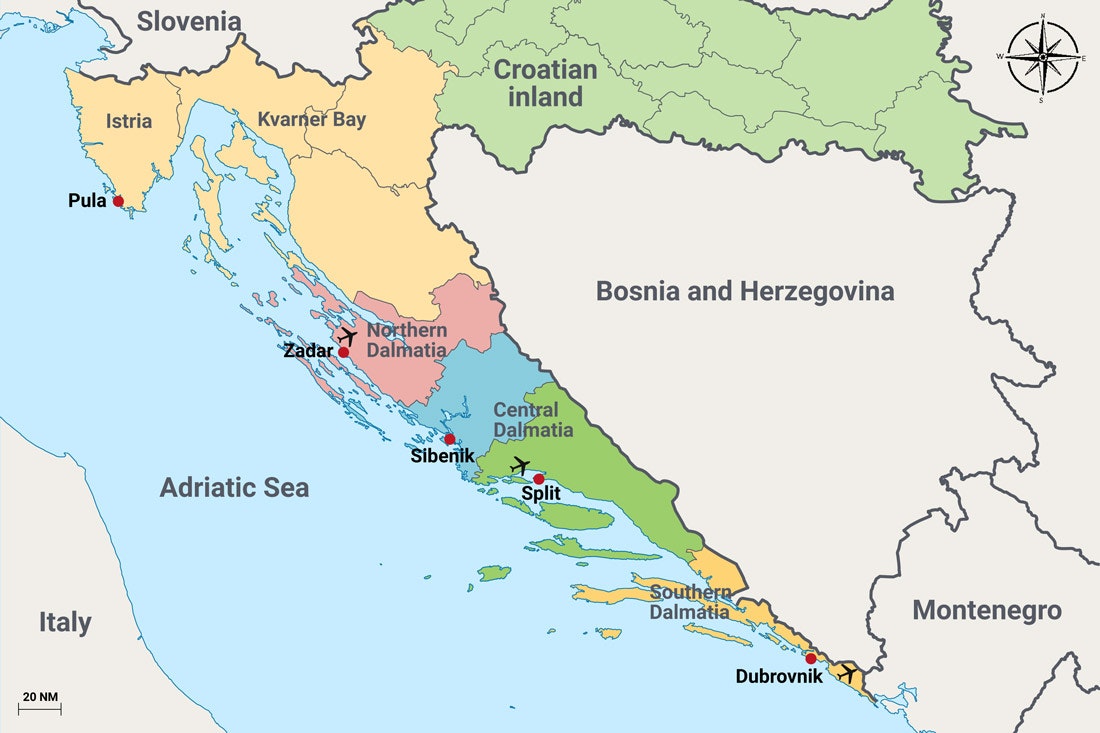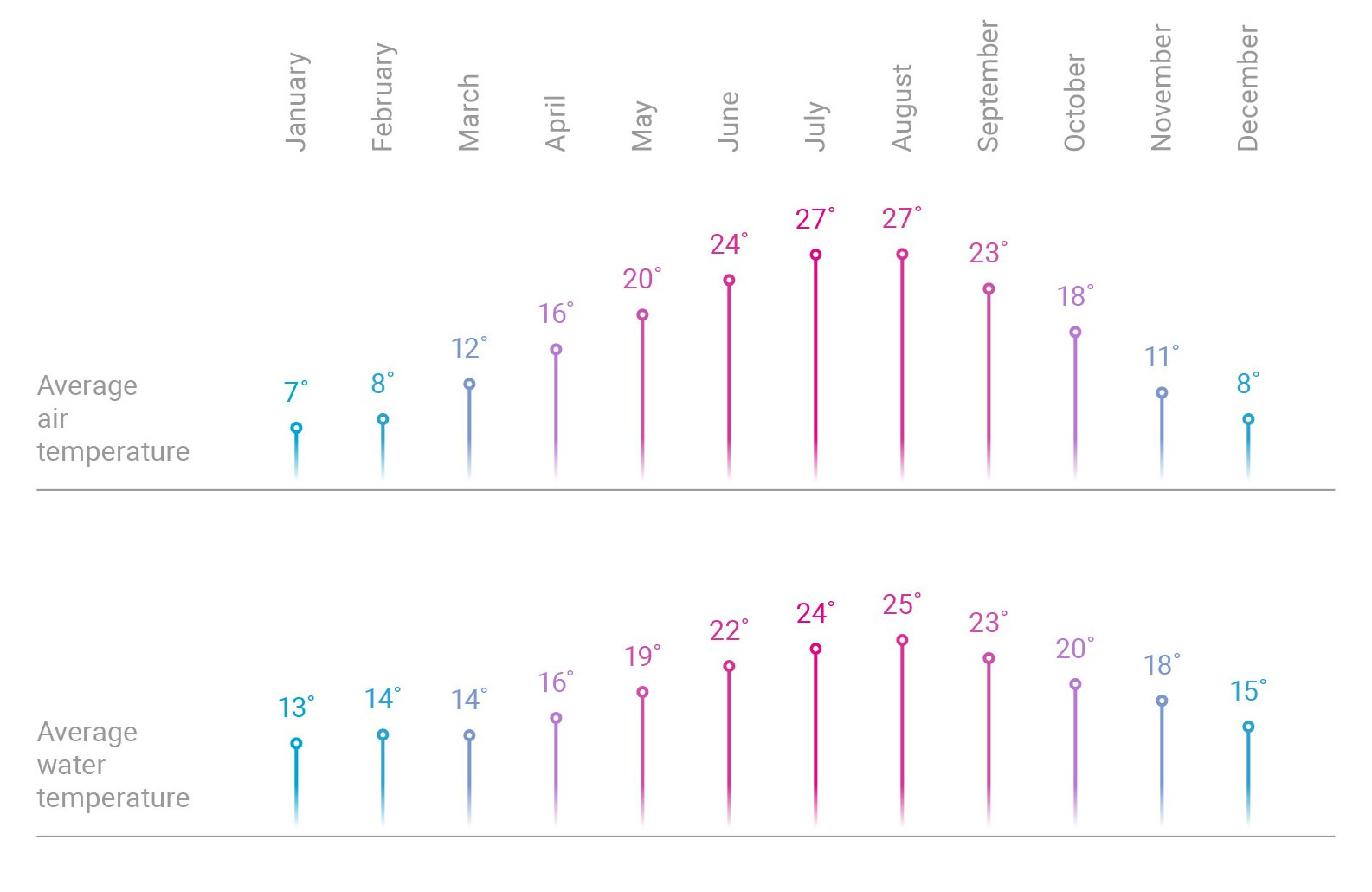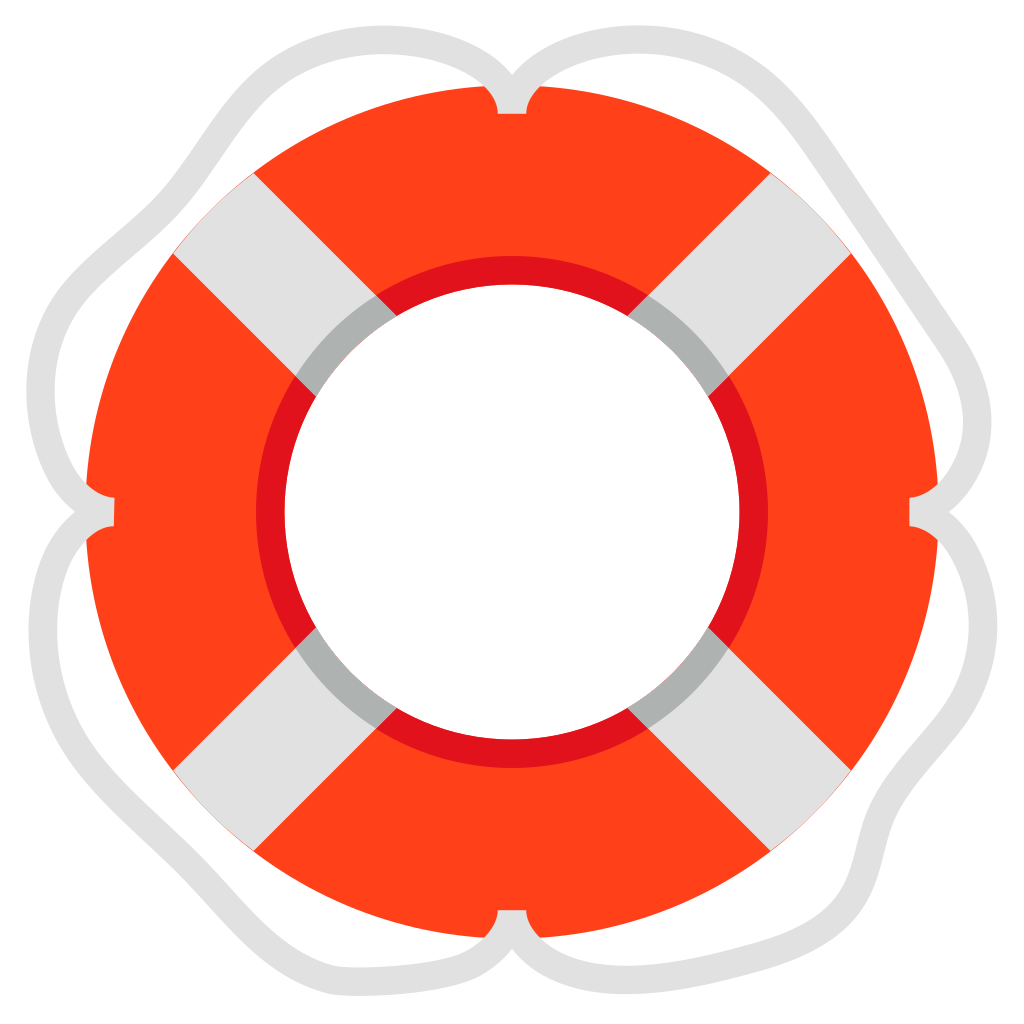Lovers of good food and drink will find Croatian cuisine to be extremely diverse. Each region has its own specialities which you should definitely sample. Fried, roasted, grilled, baked — there are dozens of methods used to prepare the renowned delicacies here.
The finest of all specialities is the white truffle. This rare and expensive fungus grows in the very heart of Istria. It is regarded as a culinary gem and a powerful aphrodisiac. The local cuisine offers up other specialities such as fatty sea fish, sardines in a spicy sauce and scallops.
One of the symbols of Croatian cuisine is the unique and delicious Parma ham (prosciutto). Its tenderness and exquisite flavour will be loved by all true gourmets. The best time to sample it is at the end of August (the longer it is dried, the better) and is mostly served with sheep cheese and olives.
The Croatians drink wine almost as if it were water. To quench their thirst, wine is diluted: red wine with water is called “bevanda”, white wine with mineral water is called “gemišt”. But if you want to really savour the flavour of the wine, drink it undiluted.
.jpg)




